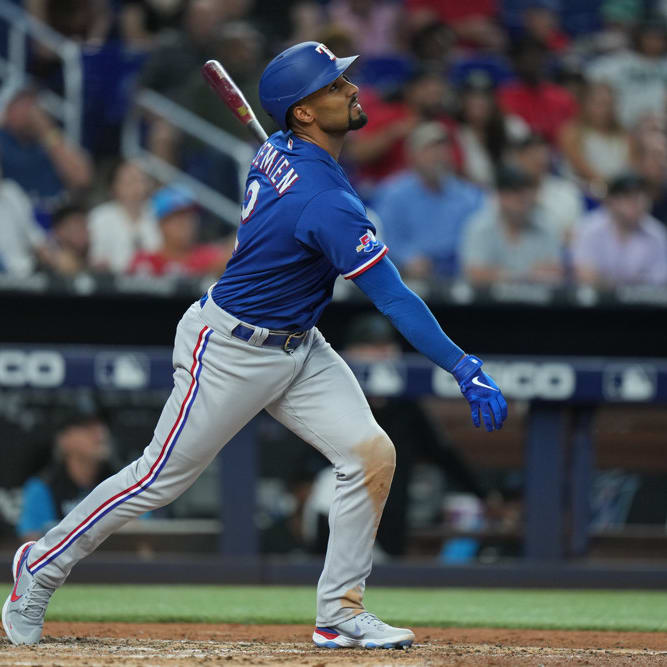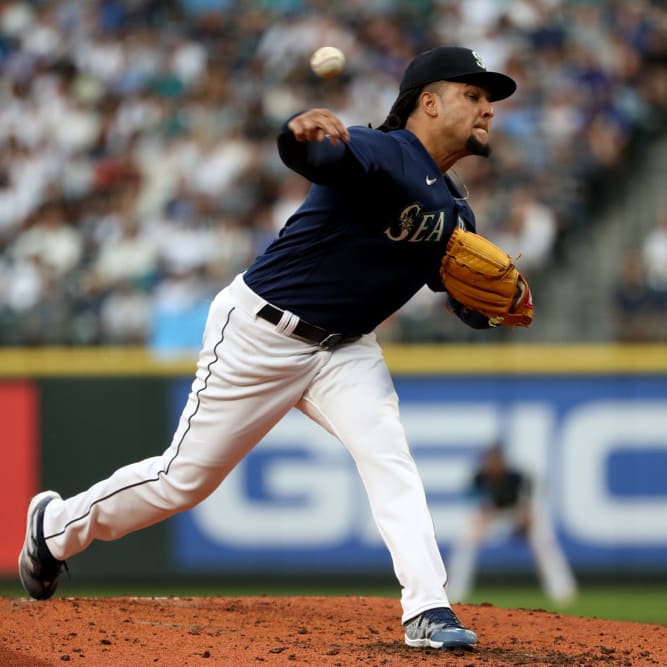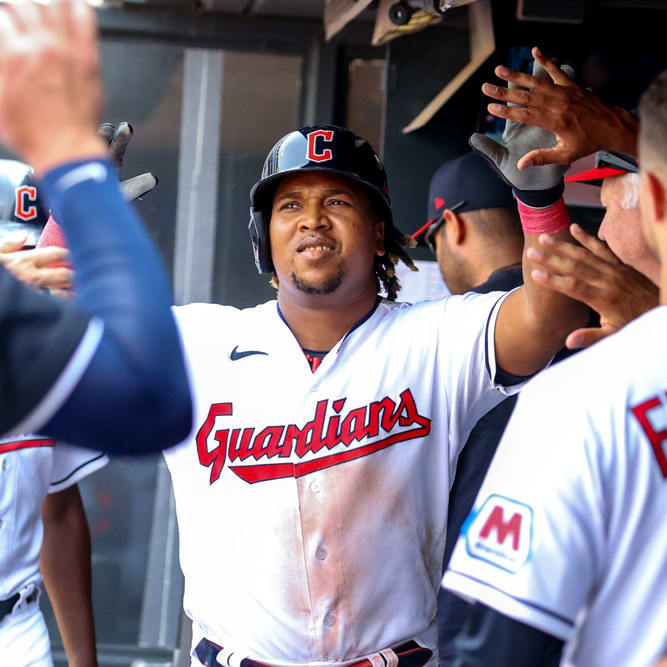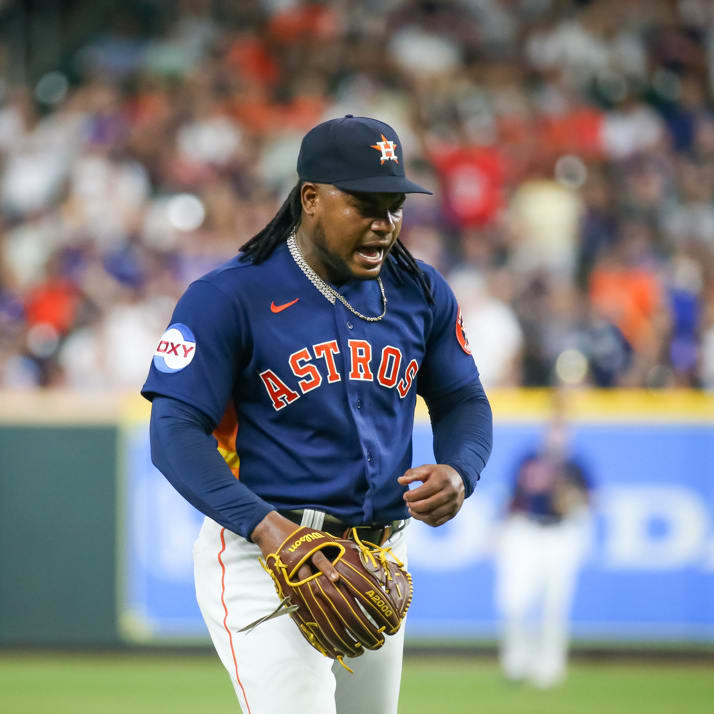This article is part of our The Saber's Edge series.
This past Saturday, I joined AL LABR in downtown Phoenix. The problem was I was helping another owner, Eno Sarris of FanGraphs, put together his team. I have helped Eno put together his player values and have remotely helped with his first his two AL LABR auctions. This year was the first time I could physically make it to the draft. It was great experience and it was nice to finally meet some people in person.
I was initially honored when Eno wanted me to help him a couple years ago put together pre-draft values. We have refined our method each year with the results improving each time (10th finish in 2013 and 6th in 2014). Here is our basic method:
First, we use a combination of four separate projections to get our player values. The first three are easily available for us at FanGraphs (ZiPS, Steamer and Fans), and we also use Mike Podhozer's personal projections. One reason we like combining multiple projections into a single projection is they have been shown to be the most accurate.
Using one projection is fine for most fantasy player values. They are all created with the general underlying math of yearly weights, regression and an aging factors. The one item with combining or even comparing projections is to find the 5 percent where they disagree. In our case, the differing stats are just smoothed out. I know other owners who just try to figure out why they are
This past Saturday, I joined AL LABR in downtown Phoenix. The problem was I was helping another owner, Eno Sarris of FanGraphs, put together his team. I have helped Eno put together his player values and have remotely helped with his first his two AL LABR auctions. This year was the first time I could physically make it to the draft. It was great experience and it was nice to finally meet some people in person.
I was initially honored when Eno wanted me to help him a couple years ago put together pre-draft values. We have refined our method each year with the results improving each time (10th finish in 2013 and 6th in 2014). Here is our basic method:
First, we use a combination of four separate projections to get our player values. The first three are easily available for us at FanGraphs (ZiPS, Steamer and Fans), and we also use Mike Podhozer's personal projections. One reason we like combining multiple projections into a single projection is they have been shown to be the most accurate.
Using one projection is fine for most fantasy player values. They are all created with the general underlying math of yearly weights, regression and an aging factors. The one item with combining or even comparing projections is to find the 5 percent where they disagree. In our case, the differing stats are just smoothed out. I know other owners who just try to figure out why they are different. Does one projection not use any minor league data (ex. Marcels)? Does another one use fastball velocity as an input (Steamer)? I try to take the thinking out of it and go with a merged list.
The next key was manipulating the data to our own personal up-to-date knowledge. This is the time where we are going to go extra on a player. I cannot stress this point enough. If you think Shane Greene is going break out and win 18 games with a 2.50 ERA, make his value at this point in the process. Don't just go all in when he comes up in the auction. Every player should have a limit. Give him an appropriate value. Chris Sale and Greene may have the projections, so you need to value them the same when it is time to make a choice. If you value one more or less than the other, make the adjustment now.
Two other ways owners can be smarter than projections are with playing time and injuries. Most fantasy values are based off a projected plate appearance (PA) numbers, but this value can change as players are promoted or demoted. It is fairly easy to manipulate the values in a spreadsheet as projected plate appearances increase or decrease. The second key is injury information. Projections have no idea if a player was playing through an injury. The player's productions was down because he was hurt. Historically, injured players have outperformed their projections($$) the next season mainly in the power department.
These changes could be seen with our pitching staff. I made a few obvious changes mainly based on playing time, but it was Eno's draft so the projections were in his hands to manipulate. When the values came back, Eno had made changes that moved Marcus Stroman from the 12th overall pitcher to the seventh. Additionally, Drew Hutchison went from 33rd overall to the 11th. When the auction was finished, it was no real surprise that we ended up with both.
In the meantime, I collected some possible draft values from ESPN, FanGraphs and a few mock auctions. What I wanted to see was which values were off from ours. We identified a few players to target. At this point, all we had to do was look for some playing time issues. I have a similar projection sheet already prepped for the last week of March, which I have been tinkering with. I will continue to adjust until the auction arrives.
And boy did a playing time issue arise with Yu Darvish going down right before the auction. Instead of completely redoing our values, we took the extra dollar and gave it to the other top 22 pitchers. With the extra time we played whiffle ball until right before we needed to leave for the auction. The game was a nice way to clear our minds before the big event.
Once at the auction, it was run fast and cleanly with one person the auctioneer and another entering the players into the computer. In my live home leagues, it is usually one person who does both jobs -- and still bids on players. I am thinking of having each league member chip in $10 or $20 to have a separate person do both instead of a league participant. Once the auction started, it went fast with most auctions finishing in less than a minute.
Usually the more the people wanted a player, the faster we got to the finish line. The exceptions were the few players where the participants didn't really want the player. I think it took the longest to get to Justin Verlander's $11 bid than anyone else. I think the bidding thought process was like, "I don't want him, but for $6, well, OK as long as someone else doesn't bid it first." Everyone was waiting for the "Going once, going twice ..." before jumping in with the bid.
Eno's plan, which I 100 percent agree with, is we didn't want any $1 players, especially catchers. Since it is a two-catcher league in just the AL, we were looking to get two regulars early on, which we did with Chris Iannetta and Russell Martin. We didn't want to start the season with a backup in one of the two spots. With this focus, we knew we would be out of the running for some of the top dollar players since we spent a little more on catchers. We only spent more than $20 on one player, Jose Abreu at $37. We lived in the $8 to $20 range with only three pitchers less than $5 (Kyle Gibson, Tanner Scheppers and Kevin Jepsen).
We have one player on whom it looks like we way overspent -- a $9 Robbie Grossman. Near the end game we had $18 to spend on three players and targeted Kyle Gibson and a few outfielders. We thought we could get each for around $6. Kevin Kiermaier was the first of the group of outfielders to come up, and when he reached $7 we backed up. Looking back, we should have went a few dollars more. We then put out Gibson for $2 and got him (had him as a $7 value). Then we had $16 to split between two outfielders. We got Ackley for $7, so on our last throw out, we nominated Logan Morrison, won him and thought we were done. We prepped for the reserve round and the bid came back to us. Then an error was found. Logan Morrison was not qualified as an outfielder, so a few auctions had to be redone. Finally we put out Grossman with an unbeatable $9 bid. Stuff happens.
The one player we hoped would fall to the reserve round was Kyuji Fujikawa. We weren't happy with Neftali Feliz's job security and wanted the handcuffs. We got Tanner Scheppers in the auction and wanted Fujikawa in the reserves. Didn't happen. The reserve round still went great with some players we considered taking in the auction still available (Gavin Floyd and Maicer Izturis).
As an experience, it was great and I can't wait to do it next year. It was nice finally to meet everyone in person and enter the pressure pack situation. We could have done better in a couple places, but I have never left an auction feeling 100 percent good about my team. It will be interesting to see what the season brings.
[update] ... besides the Marcus Stroman injury. The season just got real. Too real. Crap.










